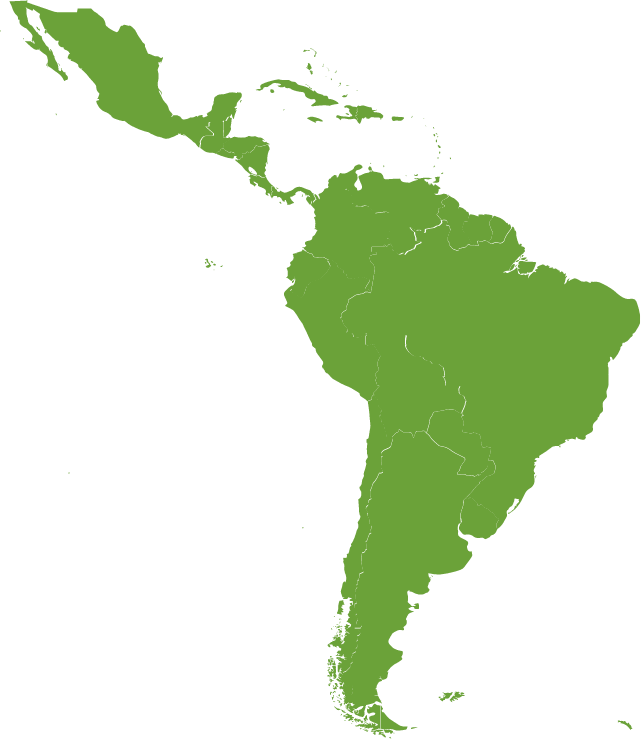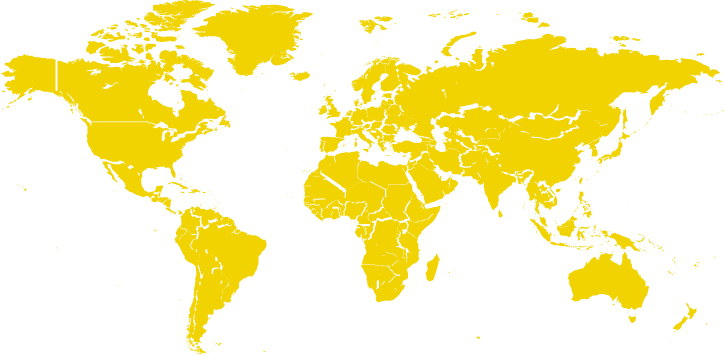Many times in my seventeen years as URI’s founding executive director, I found myself in the midst of an experience where it felt that we were living in the moment that URI was seeking to create. One particularly vivid experience came in May 1999, when URI co-sponsored a historic interfaith conference in Itatiaia, a national park in the Brazilian rainforest. One-hundred-and-twenty-five people from 35 different religious, spiritual or Indigenous traditions attended. The gathering provided an opportunity to celebrate existing interfaith work in Brazil, explore the value of connecting Brazilian interfaith work to the United Religions Initiative’s global effort, and begin to forge strategic alliances for future work.
A living image of the future URI wished to create and a powerful experience of the answers being there materialized on the extraordinary second night of the conference.
Participants gathered for a ceremony of healing and peace to be led by representatives of four Indigenous nations, each of which had been pushed to the brink of extinction by the religious and cultural ancestors of many of the other people gathered there. We formed a large circle in a clearing on a mountain in the middle of the Brazilian rainforest.
The only light came from a bonfire at the circle’s center and from a full moon alternately concealed and revealed by clouds scudding across the night sky. The Indigenous leaders, who were selected to honor their peoples’ deep rootedness in the Earth, their ancient wisdom, and their legacy of unspeakable suffering and oppression, wore their ceremonial regalia. They included headdresses woven of magnificently colored feathers, gathered from distant relatives of birds watching from the trees that surrounded us.
From an inner circle around the fire, surrounded by a larger circle of all the conference participants, the leaders offered a ceremony of sacred dances and chants that had emerged in some remote time from the primordial outflowing of life from the surrounding forest.
First one nation, then the next danced around the fire as separate peoples. The vibrations of their chants passed through those standing in the larger circle and out into the deep, luminous darkness of the rainforest. Ancient divisions were so strong that they had always danced separately. Until that night. That night presented the moment to set those divisions aside—the moment for healing and peace. That night, for the first time in ancient memory, after each had danced their own dance, all four nations danced and chanted as one people.
The night before, the weight of their task—holding the honor of leading the larger community in healing and peace—nearly defeated them. They struggled into the early hours of the morning, finding no agreement about how should they lead the whole group in a sacred ceremony. Then, in the inspiration that is often born of exhaustion, someone suggested that this difficulty came from the stark reality that their peoples had not, in living memory, gotten along with one another.
To lead a ceremony for healing and peace for the larger group demanded that they heal ancient enmities and make peace among themselves. In effect, they needed to begin on the inside and work out.
So the dance they shared was both the expression and the fruit of their intention to heal the past and make peace. It was the answer that was there waiting to be discovered through that long night.
When they finished their unity dance, they said it was time to enlarge the circle of healing and peace. It was time for the whole group to dance. Moving into the outer circle, they invited all of us to embrace healing and peace. Then there was only one human circle around the fire, enveloped by the rainforest. One humanity. Indigenous people in their native dress, a Zen Buddhist monk in her black robes, a Tibetan Buddhist monk in his deep red robes, two Dominican monks in their black robes, a Hindu swami in his saffron robes, and a Muslim sheikh who, like the majority of people there, was wearing the clothes that pass for normal in communities all over Brazil.
In that ecstatic moment of dancing together as one community, we were extraordinarily diverse and yet united with one another and with the deep mystery that enlivened the earth, rainforest and sky.
In that moment, the answer was there and we lived our visions of a better world. Unified as one and yet different at the same time, we were what we had sought to become.
See more stories in this series: "Being What We Want to Become."

